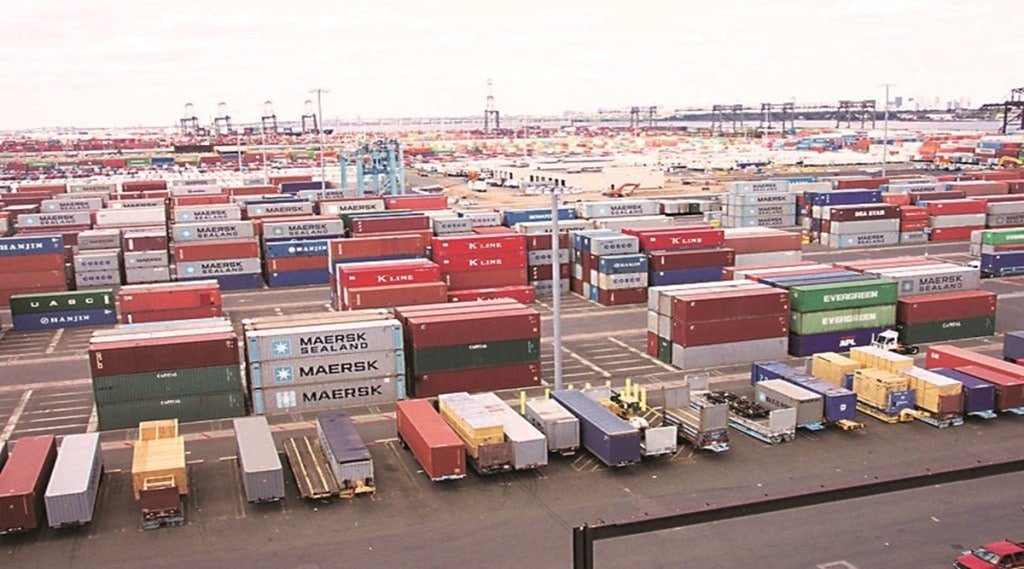The government has stepped up scrutiny of imports to identify irrational spikes in any segment, official and industry sources told FE, amid indications that “non-essential imports” could be targeted should the situation so warrant.
Separately, the finance ministry told Parliament on Tuesday that the government and the central bank are closely monitoring inflation and “are ready to take appropriate action”.
The government has also tightened its vigil of the global price movements of various commodities and their impact on the Indian economy through trade, minister of state for finance Pankaj Chaudhary said in a written reply in the Rajya Sabha. The overall impact of the exchange rate depreciation on domestic prices “depends on the extent of pass-through of international commodity prices to the domestic market”, he added. Retail inflation hit 7.01% in June, having remained above the central bank’s comfort level for a sixth straight month.
A final decision on whether to limit “non-essential imports” through duty hikes is yet to be made, an official source said.
The government may target imports of gold and diamond jewellery, select consumer electronics products and plastics, now that the import tax on raw gold has been raised to 15% from 10.75%, industry sources said. However, any such move may not yield the desired result, they added.
These are part of the government’s efforts to curb what it considers “non-essential imports” and contain their damaging impact on the CAD. A rising CAD, driven by elevated trade deficit, has been blamed for exerting further pressure on the rupee at a time when the US Federal Reserve has already started raising the interest rates.
In reply to another question, Chaudhary said the commerce department, along with other administrative departments, have been addressing issues of “domestic supply rigidities and looking at domestic production opportunities/enhancement of capacity”. The commerce department also resorts to trade remedial options and enforcement of mandatory technical standards as well as rules of origin, etc, in sync with the situation. In recent years, the government has also set up system to monitor imports of steel, non-ferrous metal, coal and chips.
Economists expect the current account deficit to widen to 3% of GDP in FY23 from 1.2% from a year. Trade deficit in the June quarter jumped to a record $70.8 billion, way above that of $31.4 billion in the same quarter last fiscal. The imports are substantially driven by elevated global crude oil prices and sharp rise in purchases of coal, gold and electronics. While imports of oil and coal are necessary for the country’s growth prospects, purchases of gold and certain electronics items are more vulnerable to government action.
To tame the CAD, the government had raised the customs duties on 19 products in September 2018, imports of which had touched Rs 86,000 crore in FY18. It was followed up with duty hikes on more items that year.
To ensure continued growth momentum and address high inflation imported from abroad, the government has initiated a raft of steps, including a fuel tax cut. The government has also slapped or raised export taxes on various steel products and iron ore to shore up domestic supplies. Further, to rein in inflation, the central bank has raised the benchmark lending rate by 90 basis points since May, Chaudhary said.


